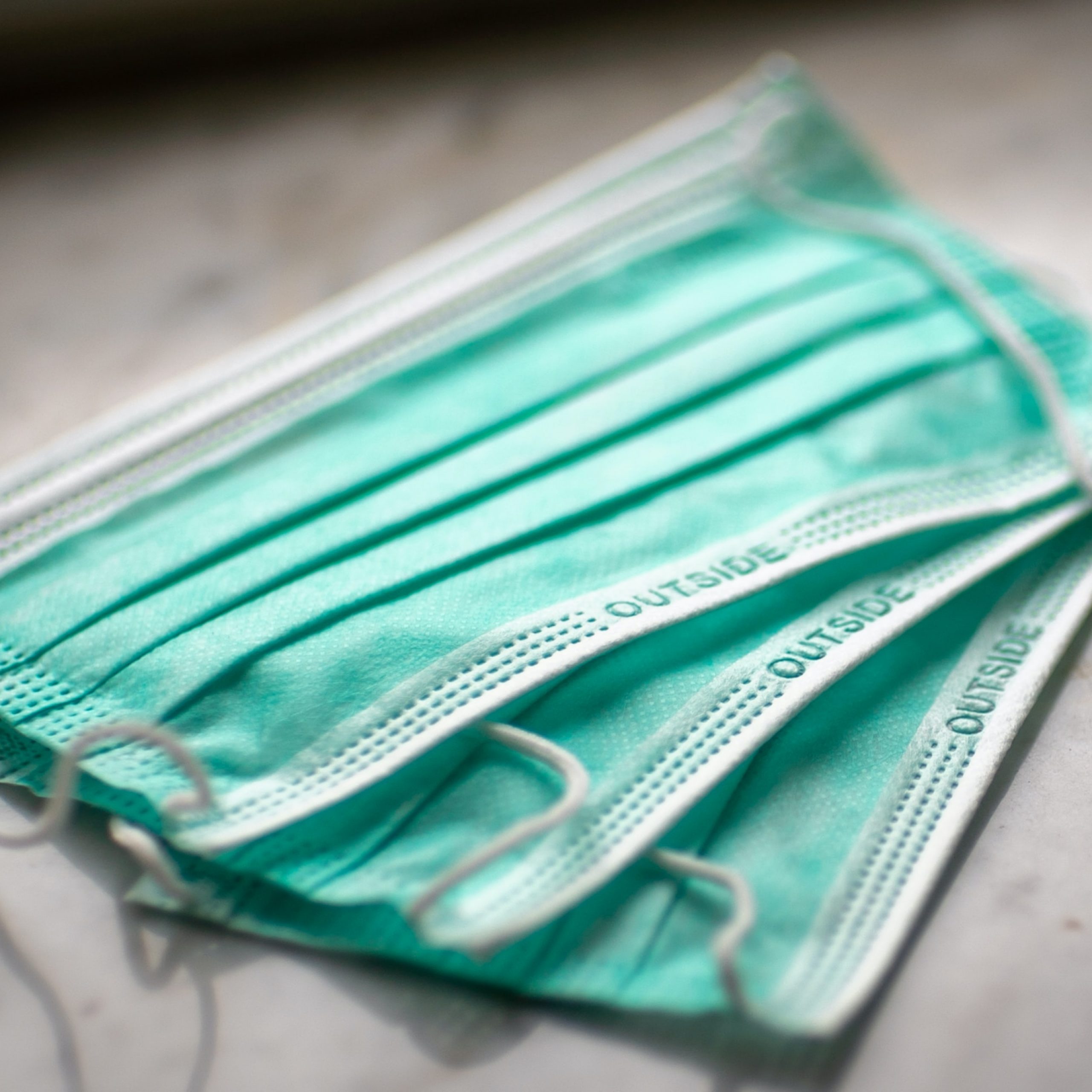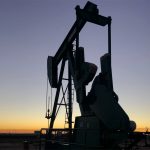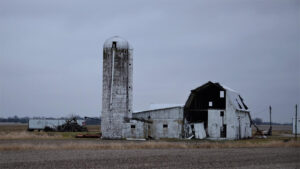You can also read the State of the Pandemic series’ take on the United States, Latin America, the Persian Gulf, East Asia, Europe, and the BRICS.
The United States is in for a rough summer.
Unlike most countries in East Asia or Europe, the United States never managed to get its caseload under control. Between the economic re-openings, Memorial Day parties, and ongoing protests against police violence, cases are rapidly ticking up. On June 24th, the U.S detected 38,672 new cases – that is not only double the low of June 8th-9th, it is already more than the United States’ original peak of new cases registered 10 weeks ago.
If it doesn’t feel like there’s an imminent crisis, that’s because back in March and April, the majority of American COVID cases were concentrated in the New York City metro. It wasn’t ridiculous for many Americans to question whether or not the virus was their problem. Not ridiculous, although certainly myopic.
Those days are gone. Today, America’s new COVID wave is truly nationwide.
Fresh – record – outbreaks exist in half the states. While the New York City area has made great strides in lowering case numbers, those gains have become overwhelmed in the national numbers by exploding epidemics in California, Texas, and Florida – three of America’s four largest states by population. Heavily rural states like Montana, Kansas, Oklahoma, Wyoming, Idaho, Oregon, Iowa, and Utah are hitting record high infection levels. Arizona now leads the nation in positive cases on a per capita basis. Within a week, it is likely to surpass even New York City’s peak infection rates, making Phoenix a necessary candidate for a severe lockdown. The American South – the most infected region overall – appears to be no more than three weeks behind Arizona. So much for heat or humidity impeding the virus.
It is worth recalling how the virus progresses. From the point of a mass exposure event (i.e., Spring Break or Mardi Gras), it is typically three to five weeks before the virus spreads sufficiently to show up in the data. At the time of this writing, Memorial Day happened three and a half weeks ago, while mass re-openings around the country average to approximately five weeks ago. From that point, it is another two to four weeks before hospital admissions explode, and then an additional two to three weeks before hospitals start reporting deaths. If this pattern holds true, many hospitals will be pushed to their limits by July, and August will be a very rough period.
There are some (faint) silver linings. When New Yorkers grappled with the first epidemic, there were no best practices or treatments or warnings. We now know that putting everyone on a ventilator is not the best plan. We have at least one drug treatment program for COVID (Remdesivir) that shows some effectiveness. And most of all, this time, we are certain that a massive epidemic is coming nationwide.
For a country as large and diverse as the United States, making broad projections is always squishy, but there are some pretty clear outcomes here:
The infection levels and timing of the new wave suggests that the fall school semester is a no-go. It suggests what re-openings we’ve seen in travel and restaurants will reverse. It suggests the next flu season, which generally begins in October, will be the worst one on record as COVID and the flu strike simultaneously. It suggests the presidential election season will be…fraught. And it certainly suggests that Americans are stuck with COVID until there’s a vaccine.
Our advice today remains similar as it was at this crisis’ beginning: Wash your hands (with soap). Get the new flu vaccine when it comes out (in September). Limit your outings (skip the bars). Wear masks when you so venture (replace or clean them often). Stay six feet apart (don’t be a dumbass). And if you catch the virus, stay home and try to limit your household’s exposure.
The team at Zeihan on Geopolitics hosts regular webinars on the state of the world and industries from energy to agriculture to manufacturing and beyond.
Our next webinar, scheduled for June 29th, will be on China.
Scheduling and sign-up information can be found here.
If you enjoy our free newsletters, the team at Zeihan on Geopolitics asks you to consider donating to Feeding America.
The economic lockdowns in the wake of COVID-19 left many without jobs and additional tens of millions of people, including children, without reliable food. Feeding America works with food manufacturers and suppliers to provide meals for those in need and provides direct support to America’s food banks.
Food pantries are facing declining donations from grocery stores with stretched supply chains. At the same time, they are doing what they can to quickly scale their operations to meet demand. But they need donations – they need cash – to do so now.
Feeding America is a great way to help in difficult times.
The team at Zeihan on Geopolitics thanks you and hopes you continue to enjoy our work.









